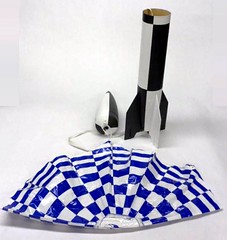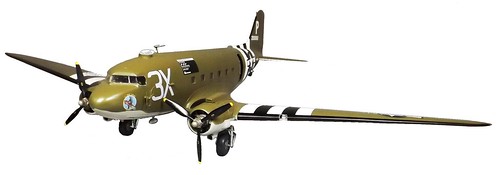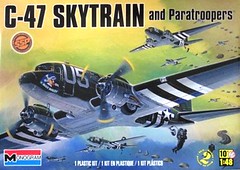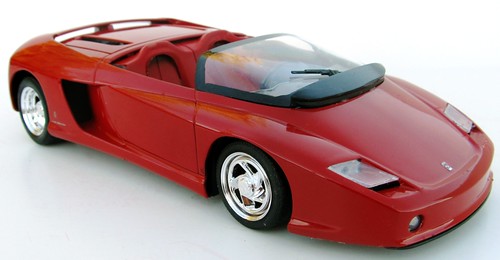Right On Replicas, LLC SnapShot Review 20141029*
V-2 Rocket Estes Semi-Scale Model Kit #003228 Review
Review and Photos by Robert Byrnes

 Awesome is the word for the kit! Standing 22.4 inches tall and when powered by an E9 engine, this rocket can soar over 700 feet high! A great color scheme makes the V2 easy to see in the sky. I built the V2 during a rainy weekend. The fins provided with the kit are large for added stability. I decided to replace them with scale fins. I found a website (http://www.modelrocketbuilding.blogspot.com) that provided me with a pdf copy of the
Awesome is the word for the kit! Standing 22.4 inches tall and when powered by an E9 engine, this rocket can soar over 700 feet high! A great color scheme makes the V2 easy to see in the sky. I built the V2 during a rainy weekend. The fins provided with the kit are large for added stability. I decided to replace them with scale fins. I found a website (http://www.modelrocketbuilding.blogspot.com) that provided me with a pdf copy of the  scale fins. I cut the new ones from 3/32†balsa and followed the instructions for attaching. I have several Estes Rockets that I’ve collected over the years. This is one of my favorites, and I can’t wait to fly her. You can find Estes Rockets at most hobby stores or at their website online .  This rocket is simple to build and would make a great father son project. I have another one in my stash that I will build with my future grandson or granddaughter (someday). Keep learning… and have fun!
scale fins. I cut the new ones from 3/32†balsa and followed the instructions for attaching. I have several Estes Rockets that I’ve collected over the years. This is one of my favorites, and I can’t wait to fly her. You can find Estes Rockets at most hobby stores or at their website online .  This rocket is simple to build and would make a great father son project. I have another one in my stash that I will build with my future grandson or granddaughter (someday). Keep learning… and have fun!
Buy this kit here through Amazon Estes V2 Semi Scale Model Rocket
History of the German V-2 Rocket:
Originally, plans called for the V-2 to be launched from massive blockhouses located at Éperlecques and La Coupole near the English Channel. This static approach was soon scrapped in favor of mobile launchers. Traveling in convoys of thirty trucks, the V-2 team would arrive at a staging area where the warhead was installed before towing it to the launch site on a Meillerwagen. There, the missile was placed on the launch platform, armed, fueled, and the gyros set. This set up took approximately 90 minutes and the launch team could clear an area in 30 minutes after launch.
This mobile system proved highly successful and up to 100 missiles a day could be launched by German V-2 forces. Also, due to their ability to stay on the move, V-2 convoys were rarely caught by Allied aircraft. The first V-2 attacks were launched against Paris and London on September 8, 1944. Over the next eight months, a total of 3,172 V-2 were launched at Allied cities including London, Paris, Antwerp, Lille, Norwich, and Liege. Due to the missile’s ballistic trajectory and extreme speed, there was no effectively method for intercepting them.
V-2 attacks against English and French targets only decreased when Allied troops were able to push back Germans forces and place these cities out of range. The last V-2-related casualties in Britain occurred on March 27, 1945. Accurately placed V-2s could cause extensive damage and over 2,500 were killed and nearly 6,000 wounded by the missile.
Estes V-2 Rocket Specifications:
Length – 22.4 in. (56.9 cm)
Diameter – 2.6 in. (66 mm)
Estimated Weight – 6.3 oz (178.6 g)
Projected Max Altitude – 725 ft. (221 m)
Laser cut wood fins, plastic nose cone, 18 in. (46 cm) parachute recovery
Recommended Engines: C11-3 (First FLight), D12-3, *E9-4, *E9-6
German V-2 Rocket Specifications:
Length: 46 ft.
Wingspan: 11.7 ft.
Diameter: 5.4 ft.
Loaded Weight: 27,580 lbs.
Performance
Power Plant: Rocket
Range: 200 miles
Max Speed: 3,545 mph
Ceiling: 55 mi.
Armament
Warhead: 2,200 lbs. Amatol
History of the Estes V-2 Kit
Kit #Â Â Â Â Â Â Â Â Â Â Â Â Â Â Year
K-22 1222 Â Â Â 1965 – 1977
1267 Â Â Â Â Â Â Â Â Â Â Â Â 1974-1981 ( Maxi)
1904 Â Â Â Â Â Â Â Â Â Â Â Â 2000 (Same as1926 – never in catalog)
1926Â Â Â Â Â Â Â Â Â Â Â Â Â 1984 – 1987
1952Â Â Â Â Â Â Â Â Â Â Â Â Â 2002 – 2004 (discontinued in fall of 2004) (Maxi D & E powered)
3228             2011 – Current
Right On Replicas, LLC ©2014 All rights reserved.
*All registered trademarks are the property of their respective brands.
When using any of the products mentioned here be sure to follow the manufacturer’s safety guidelines.







